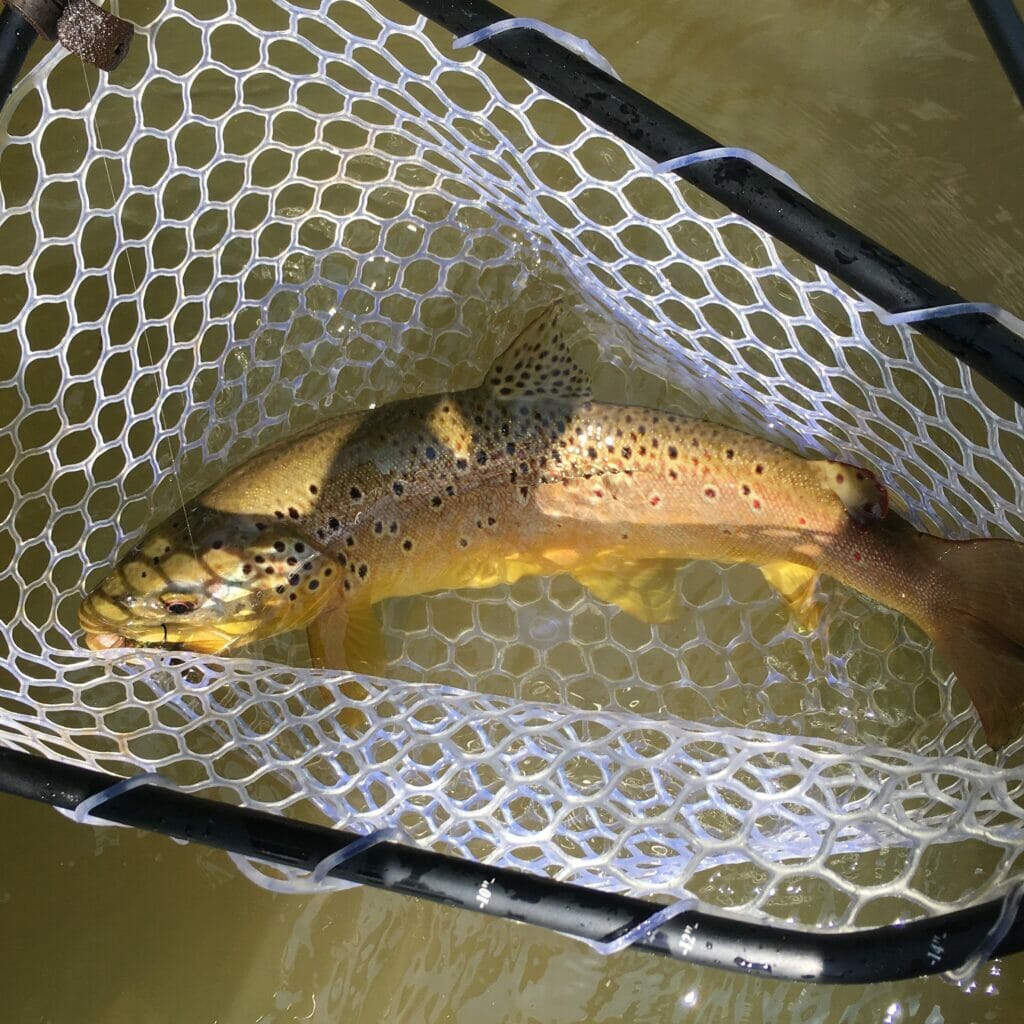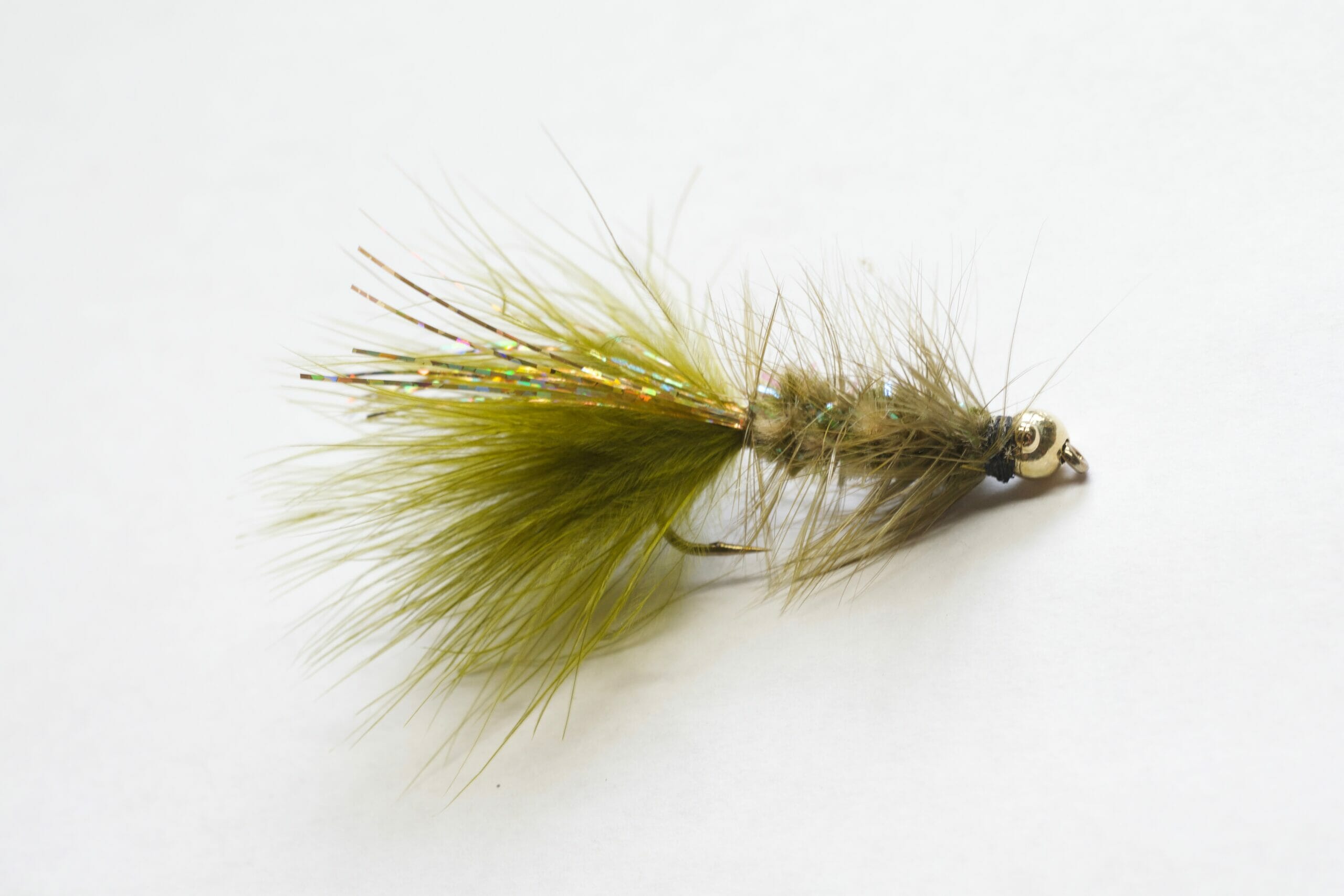I have a friend who is an extremely talented fly tier. His creations are intricate and gorgeous. And they would certainly catch fish, too, if he ever actually fished with them. But he doesn’t. Because, you know, who wants to risk losing a fly that it took an hour to tie?
While creating fancy flies can be fun and impress your friends, fish generally don’t seem to care, which is why I have always defaulted to tying and fishing simple patterns.
This is particularly true when I’m fishing for trout in streams where crayfish are abundant.
There are some really incredible crayfish patterns out there and they no doubt fool fish. Do they work better than simple patterns? I can’t say for sure because I’ve never actually fished a complicated crayfish pattern. Simple ones have always worked great.

Topping the list is the Wooly Bugger. One of the most versatile patterns ever created, it really excels as a fake crayfish.
One of my favorite approaches for fishing pocket water is to use a tungsten-headed Bugger as a point fly on a Euro presentation with a smaller second nymph (usually something like a Copper John, Hare’s Ear or Pheasant Tail).
Olive is my default Bugger color, but rust, brown and black can also work well. Turn over some rocks to find some live crayfish and then use colors that match.
After working the Bugger through the target water — dead-drifting or hopping the Bugger both can work so I experiment until I figure out which presentation is working better — I’ll let the current catch the line and fish with a short swing. Most fish hit on the drift but enough hit on the swing (on both the point fly and the small nymph) that it’s worth trying on pretty much every cast.
As would be expected, the Bugger tends to attract larger fish than the small nymph.
Admittedly, I do sometimes spice up my Buggers, but never too much. One thing I like is to tie in a few rubber legs, or to use colored lead eyes to create something that’s like a hybrid between a Bugger and a Clouser Minnow.
Speaking of which, the Clouser Minnow is another one of those ridiculously easy-to-tie, incredibly effective crayfish patterns.
Bright Clousers are dynamite in the salt, but in more muted colors they can be great for targeting crayfish-munching stream trout.
Like the Wooly Bugger, the Clouser can be fancied up a bit. I like to tie in some fur or heavy dubbing in front of the eyes to make the fly a bit bulkier. Rubber legs are also easy to add.
In pocket water a Clouser can be fished just like a Bugger using a Euro presentation. In runs and riffles, cast across slightly upstream and hop the fly back on the swing. Make sure the fly is bumping the bottom, just like a real crayfish.
When bumping bottom with crayfish imitations you’ll lose some flies, but you won’t care because you’ll have a box full of replacements that took hardly any time to tie.



